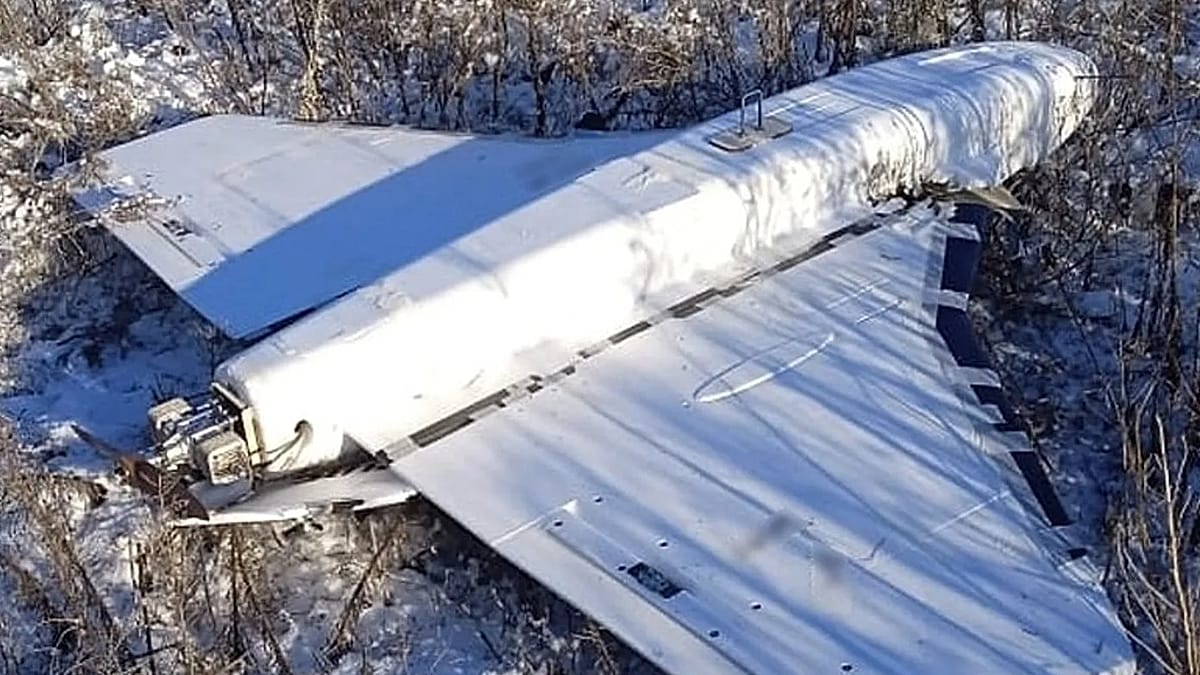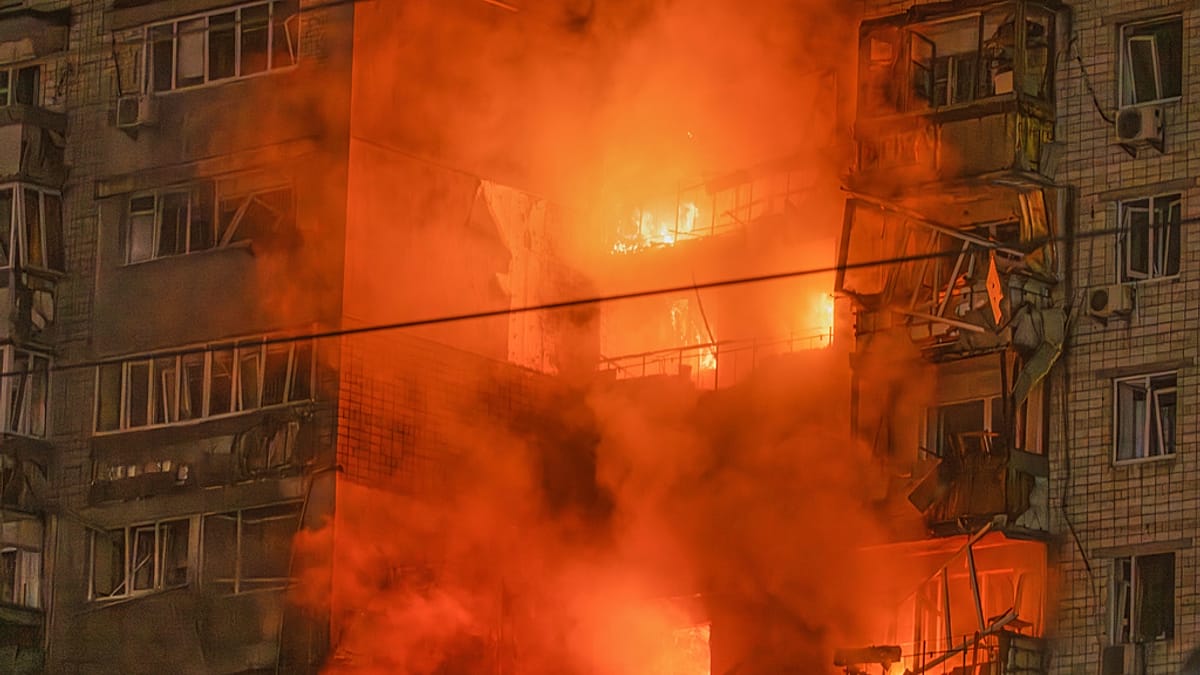NASA is watching an exoplanet shrink under a tremendous force


Astronomers have taken a close look at one of the youngest known exoplanets and found it's on the receiving end of relentless brutality.
This giant baby world, TOI 1227b, is about the size of Jupiter but much lighter — more like a puffed-up version of Neptune, about 330 light-years from Earth. But the distant planet likely won't stay that size for long, because the star that birthed it is blasting it with X-rays, causing it to puff up and blow away.
The punishing radiation appears to be causing the planet to shed its atmosphere at a rate of at least 1 trillion grams per second, according to a new study involving NASA's Chandra X-ray Observatory. That's like a full Earth disappearing into space every two centuries.
The findings, accepted for publication in the Astrophysical Journal, offer a rare window into what planets look like in their infancy — and how they evolve amid the violence perpetrated by their stars. This planet's atmosphere simply can't withstand that kind of beating, said Attila Varga, a doctoral student at the Rochester Institute of Technology in New York.
"It’s almost unfathomable to imagine what is happening to this planet," said Varga, who led the research, in a statement.

The number of confirmed exoplanets — planets that don't orbit the sun — has tipped 5,900, according to NASA, with thousands of additional candidates under review.
Red dwarf stars, sometimes referred to as M-type stars, are the most common stars within the Milky Way, yet nobody knows whether planets orbiting them can hold onto atmospheres. TOI 1227b, just 8 million years old, is one such world orbiting this kind of star.
Most astronomers agree that detecting atmospheres is crucial in the search for habitable worlds. NASA has playfully called Earth's own atmosphere its "security blanket": Without it, the type of life flourishing here wouldn't exist. This cocoon holds oxygen in the air and filters out harmful ultraviolet radiation from the sun, all while keeping our world warm. Furthermore, it creates pressure that allows liquid water to pool on the surface.
The James Webb Space Telescope, a collaboration of NASA and its European and Canadian counterparts, is embarking on a massive study of rocky worlds outside the solar system, specifically to learn whether worlds orbiting near cool red dwarf stars could have air. The campaign, first reported by Mashable, will zero in on a dozen nearby-ish exoplanets.
The new observations of TOI 1227b have revealed that its star is essentially boiling off the baby planet's atmosphere. It's so close to its star — closer than Mercury is to the sun — that it’s exposed to nonstop radiation. Based on simulations, the researchers estimate the planet could lose more than 10 percent of its total mass over the next billion years.
That’s equivalent to two Earths’ worth of material, gone with the stellar wind, whittling it down to perhaps a super-Earth. This process might help explain why astronomers have noticed a noticeable lack of midsize planets, between 1.5 and two times Earth’s size. It’s possible that some planets in this range lost their atmospheres due to radiation.
"A crucial part of understanding planets outside our solar system is to account for high-energy radiation like X-rays that they’re receiving,” said co-author Joel Kastner in a statement. "We think this planet is puffed up, or inflated, in large part as a result of the ongoing assault of X-rays from the star."
For TOI 1227 b, the future looks bleak. The planet is likely too hot and battered to ever host life. And as the abuse from its star continues, this world is ever more likely to shrivel into a barren rock. Future Webb telescope studies may shed light on what exactly TOI 1227b’s air is made of before it's decimated.


















































